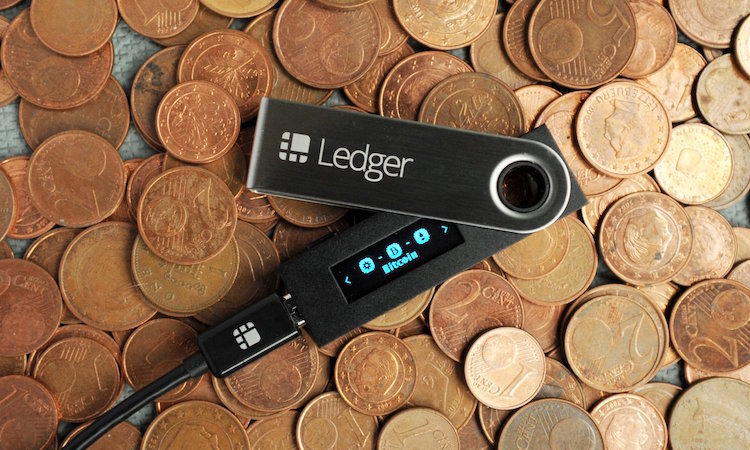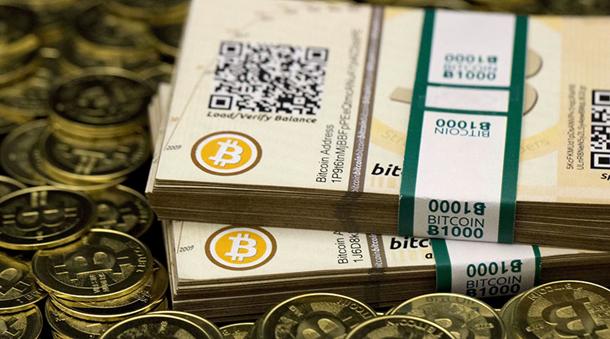Daniel Will: Exploring Warren Buffett's Value Investing Philosophy
When a bull market arrives, everyone talks about how to make money easily, but a bear market brings panic and uncertainty.
The shift between bull and bear markets creates an extremely emotional cycle, often causing investors to overlook the importance of a stable investment philosophy amid fluctuations. The current Hong Kong stock market is undergoing a severe adjustment, and this bearish atmosphere necessitates the establishment of a robust investment system and emotional management strategy.

Today, I will share with you the legendary acquisition case of Warren Buffett and The Washington Post. I hope everyone can stabilize their emotions in the bear market, adhere to their investment principles, and maintain confidence in future prosperity.
Warren Buffett's Investment Journey
In 1972, The Washington Post gained prominence for its in-depth coverage of the Watergate scandal, receiving important awards that highlighted its journalistic professionalism, quickly becoming one of the most famous newspapers in the United States. However, by 1973, the company faced significant challenges. The Washington Post was under pressure from the White House, and there were rumors in the market that the White House might revoke the newspaper's operating licenses for two television stations in Florida. This segment of the business contributed nearly one-third of the company's profit income. These unfavorable factors led to a consecutive decline in the stock price.
But precisely when the company was experiencing panic selling, Buffett went against the trend and began continuously buying shares of the company in 1973. By the summer of 1973, Buffett held a 9.7% stake in The Washington Post. Buffett firmly believed that the market value of the company should be between $400 million and $500 million. However, at that time, the market value was only $100 million, and in the following years, the company continued to be affected by the "Watergate scandal" and the bear market, causing Buffett to incur losses of up to 20% in the short term.
It was not until 1976 that the stock price returned to the level at which Buffett had purchased it.
Why Buffett Was So Resolute
At that time, The Washington Post owned four television stations and two radio stations, and these licenses were very difficult to obtain. Moreover, the company's owner, Katharine, maintained close relationships with numerous U.S. dignitaries, ensuring The Washington Post's influence across the United States.
Simultaneously, the company had a 63% market share, with over two-thirds of adults reading it. The company's subsidiary, "Newsweek," reached its peak advertising revenue of $72.5 million in 1972, and the magazine was sold in over 150 countries and regions worldwide.
The extensive circulation meant that advertisers preferred The Washington Post, indicating enormous growth potential for the company's advertising revenue in the future.
Therefore, Buffett was determined to bypass conventional investment doctrines (such as his mentor Graham's value investing philosophy: net current assets should be at least 30% higher than the stock price) and focus more on the company's future profit potential, adopting a more forward-looking and growth-oriented investment strategy.
The cost of his investment in The Washington Post eventually reached $10.6 million, and by 2005, the value of this investment had grown to $1.3 billion, excluding dividend income. Buffett eventually sold this portion of assets after 2000, as the rise of the internet limited the growth of traditional newspapers.
What can I learn
The Washington Post's market value at that time was $100 million. However, the company had franchise rights and a large user base, which, understood from today's internet perspective, means "having a substantial traffic that can be monetized." Therefore, even with just $100 million, Buffett believed that this value had a strong margin of safety.
If we look at a three-year time-frame, Buffett's investment return rate is 0, and The Washington Post has clear market advantages but still lacks market recognition. However, if we extend the timeline to 27 years, The Washington Post's average annual return rate is 19.5%.
From a 27-year perspective, The Washington Post is a good company, but for a good company to become a good stock, it may take the market a long time to adjust.
In the era of the internet, the pace of change in the world has accelerated. No matter how good a company is and how good its business is, it cannot outpace the changes brought about by the times. Even a good company's business needs to move with the times.
Disclaimer: The copyright of this article belongs to the original author. Reposting this article is solely for the purpose of information dissemination and does not constitute any investment advice. If there is any infringement, please contact us immediately. We will make corrections or deletions as necessary. Thank you.







